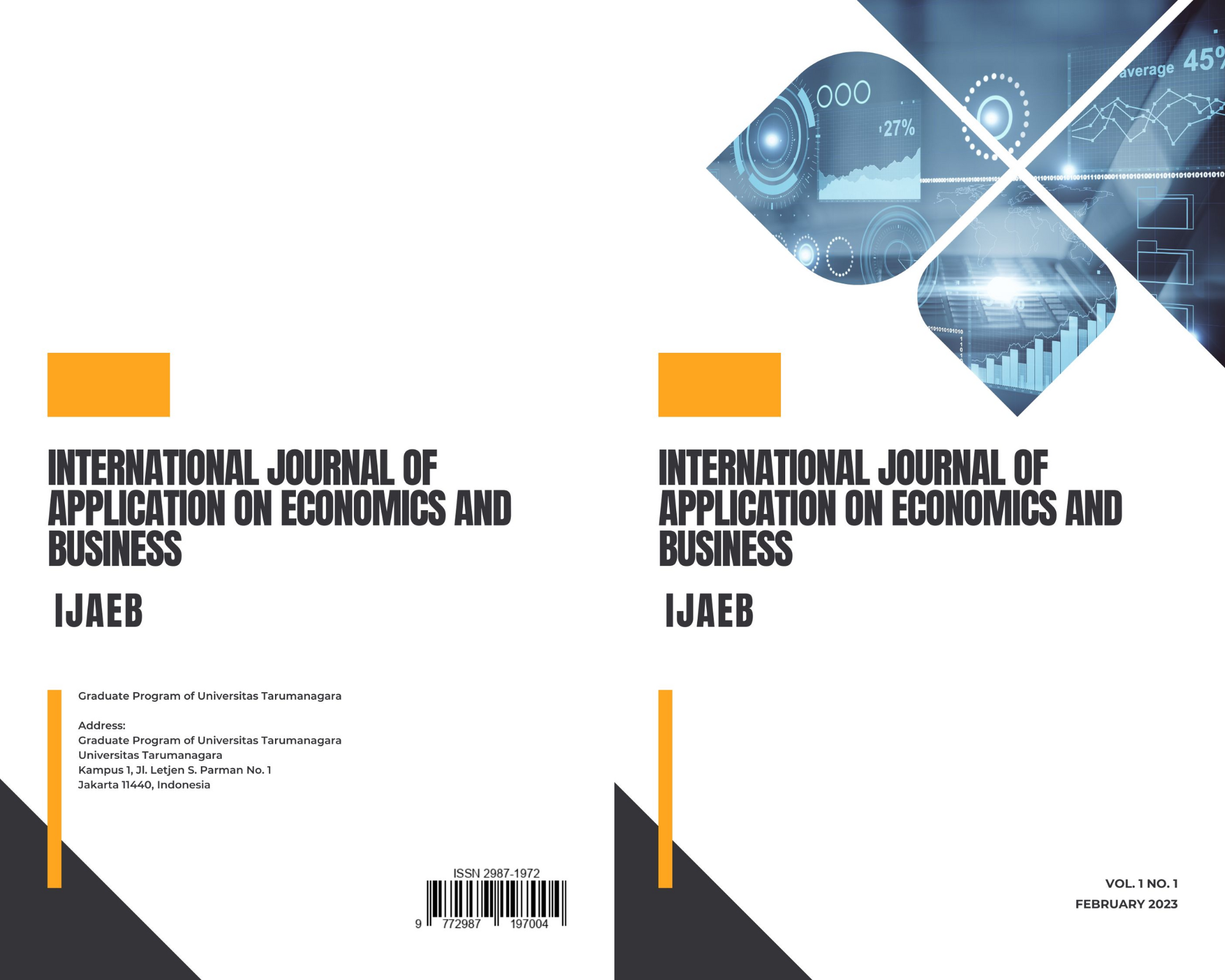Hedonism Lifestyle on The Behavior of Visiting Tourism Objects During The Covid-19 Pandemic
Main Article Content
Abstract
The influence of a hedonistic lifestyle on the behavior of those visiting tourist attractions during the pandemic turned out to have quite an impact on the level of individual hedonism in several age groups. A hedonistic lifestyle comes from negative emotions that arise from within each individual who has a desire to buy the product or service he likes. Of course, the changes in the impact that occurred in the COVID-19 pandemic have limited the number of visits and reduced costs, causing the behavior of tourists visiting tourist attractions during the COVID-10 pandemic to be very high. This study is qualitative research by conducting interviews with tourists who visit tourist attractions during the pandemic. This study involved six participants who were willing to be interviewed. The data analysis technique uses an interactive model of qualitative data analysis from Miles and Huberman, namely data reduction, data presentation, and conclusion drawing or verification, which are interactively interconnected during and after data collection. This study aims to explore the factors that encourage the emergence of a hedonistic lifestyle in consumer behavior when visiting tourist attractions. One of the factors is the individual's desire to be satisfied in a culinary destination by buying the product or service he likes. Based on the results of the study, the main factor that supports a hedonistic lifestyle is a high enough income so that a person can buy whatever they want without thinking too much. Most of the participants expressed no remorse or coercion in fulfilling these wishes. It's all based on the high needs of life and self-satisfaction.
Article Details

This work is licensed under a Creative Commons Attribution-NonCommercial-ShareAlike 4.0 International License.
This journal provides immediate open access to its content on the principle that making research freely available to the public supports a greater global exchange of knowledge.
IJAEB by Graduate Program of Universitas Tarumanagara is licensed under a Creative Commons Attribution-NonCommercial-ShareAlike 4.0 International License.. Permissions beyond the scope of this license may be available at https://journal.untar.ac.id/index.php/ijaeb
References
Lina dan Rasyid, H.F. 1997. Perilaku Konsumtif berdasarkan Locus of Control pada Remaja Putra. Jurnal Psikologika, 4. Hal 24-28
Garson, J. (2016). Two types of psychological hedonism. Studies in History and Philosophy of Science Part C: Studies in History and Philosophy of Biological and Biomedical Sciences, 56 (3), p. 64-79.
Nadzir, M., & Ingarianti, T. M. (2015). Psychological meaning of money dengan gaya hidup hedonis remaja. Seminar Psikologi & Kemanusiaan. 582-596. Malang: Psychology Forum UMM
https://travel.kompas.com/read/2020/12/30/120500627/pandemi-kunjungan-wisman-tahun-2020-turun-hingga-74-7-persen. (Accessed in 29 September 2021)
https://kemenparekraf.go.id/ragam-pariwisata/Tren-Pariwisata-Indonesia-di-Tengah-Pandemi. (Accessed in 28 September 2021)
Moleong, Lexy. J. 2018. Metodologi Penelitian Kualitatif. Bandung: Remaja Rosdakarya.
Sugiyono (2011). Metode Penelitian Pendidikan. Pendekatan Kuantitatif, Kualitatif Dan R&D. Bandung: ALFABETA.
Firmansyah, M. Anang. 2018. Perilaku Konsumen (Sikap dan Pemasaran). Yogyakarta: CV Budi Utama
Kotler, P., & Keller, L. K. (2016). Manajemen Pemasaran, Edisi 13. Prentice-Hall Published
Hoyer, W. D., & Macinnis, D. J. (2010). Consumer Behavior (5th ed.). Cengage Learning: South Western. ISBN 0-547-07992-3
Tiberius, V., & Hall, A. (2010). Normative theory and psychological research: Hedonism, eudaimonism, and why it matters. The Journal of Positive Psychology, 5(3), 212-225. https://doi.org/10.1080/17439761003790971
Sholeh, A. (2017). The relationship among hedonistic lifestyle, life satisfaction, and happiness on college students. International Journal of Social Science and Humanity, Vol. 7 (9), p. 604-607.
Anggraini, R. T. & Santhoso. F. H. (2017). Hubungan antara gaya hidup hedonis dengan perilaku konsumtif pada remaja. Gadjah Mada Journal of Psychology. 3 (3), p. 35-47.
Wahyuningsih, W. & Fatmawati, I. (2016). The influence of hedonic lifestyle, shopping addiction, fashion involvement on global brand impulse buying, Jurnal Bisnis Teori dan Implementasi. 7 (2), p. 59-73.



